About Counterstrain
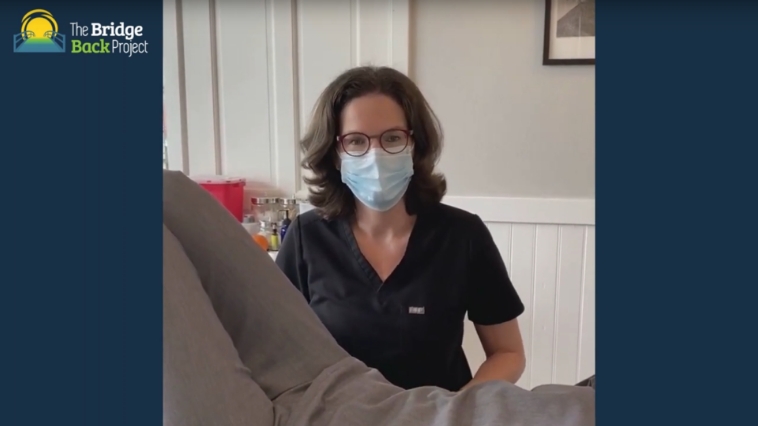
Revolutionizing Medicine
Discover the Power of Counterstrain
Fascial Counterstrain is a non-invasive, hands-on therapeutic technique that is unlike other types of physical medicine and physical therapy.
In a Fascial Counterstrain session, your practitioner will use gentle, hands-on movement of the body - like repositioning a wrist or shoulder - as well as gentle adjustment to tissues - like lightly pressing and shifting a muscle. These targeted adjustments encourage reflexive tissue contractions to relax and allow trapped inflammation to quickly drain out of the affected area. These mild manipulations allow the body’s tissues to reset, normalize, and heal, restoring proper function. Patients often report a immediate release of tension and pain.
Targeted Precision
Counterstrain's Intimate Understanding of Anatomy and Systemic Treatment
Counterstrain is precise and is able to target the exact tissues and anatomical structures - specific nerves, muscles, tendons, bones, blood vessels, lymph nodes, arterial valves, etc. - to directly address where dysfunction and trauma are stored in the body. It goes beyond the musculoskeletal model and can treat all the major systems of the body including the visceral, nervous, vascular, lymphatic, and arterial systems.
When you ask our practitioners they can’t help but start spouting the latin names for muscles and nerves, because that is how intimately they understand the anatomy of the body.

Get help today
Patients can find it hard to describe because it is so gentle and has such profound outcomes that it challenges our current understanding of what’s required by the body to address and heal injuries.
Stories of lives changed by Fascial Counterstrain
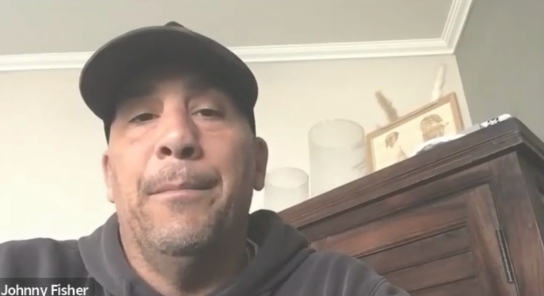
Recovery Story of Vet and Retired Highway Patrol Officer
Retired California Highway Patrol Officer Johnny Fisher talks about his experience with receiving Fascial Coutnerstrain as part of the Bridge Back Project's Financial Aid Program. The offscreen voice is Theora Moench, Bridge Back Project’s Executive Director.
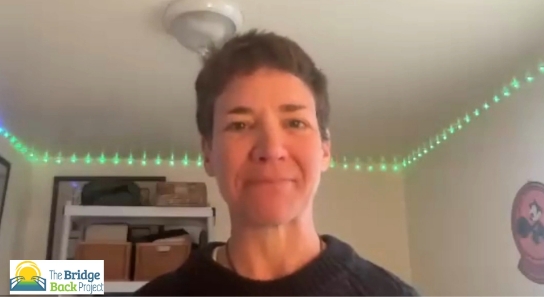
Counterstrain helped healing from injury of Former Athlete and Veteran Pilot
Retired Naval Aviator and professional athlete Dr. Kristin Barnes shares her experience with Fascial Counterstrain. The offscreen voice is Theora Moench, Bridge Back Project’s Executive Director.
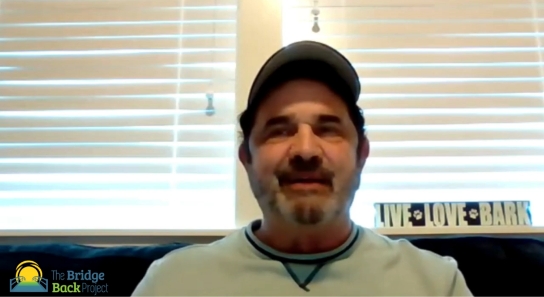
Retired Law Enforcement Officer's recovery journey and relief from treatment-resistant symptoms
Veteran and retired police officer Ron Hansen talks about his experience receiving counterstrain as part of the Bridge Back Projcet's Financial Aid Program. The offscreen voice is Theora Moench, Bridge Back Project’s Executive Director.
Is Fascial Counterstrain right for you?
Experiencing injury or a traumatic event can cause your autonomic nervous system to become activated and stay “turned on,” and blood flow inside the brain can measurably change. You might experience this as feeling like you are on high alert and can't "turn off" your need to stay vigilant.
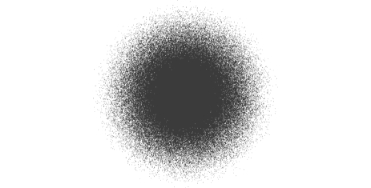
Public environments might feel overwhelming because of your nervous system’s sensitivity to sounds, noises, and too much sensory input.

It can impact your memory and attention which might mean you have trouble concentrating on tasks that seem like they should be simple - writing a letter, reading a book, filling out forms or documents for work - which can be incredibly frustrating.
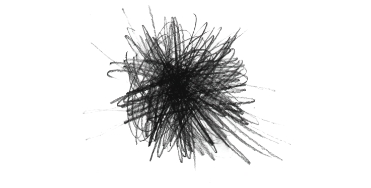
It may result in experiencing more anxiety and irritability, which can slowly chip away both personal relationships and relationships with valued colleagues.

It can make sleep troublesome, and if you’ve ever experienced chronic sleep deprivation you know how quickly that can wear you down on all fronts.
If you experience one or more of the following, then our protocol could be a valuable addition to your care plan:
- Chronic pain
- Limited mobility or range of motion
- Sensory sensitivity
- Trouble sleeping
- Trouble relaxing (aka always alert / hypervigilant)
- Irritable or reactive
- Trouble focusing or concentrating
- Memory issues
- Compromised organ function
- Digestive discomfort, often related to chronic stress
- Poor circulation
- Chronic physical complaints
- Feeling detached from family and friends
- Emotional numbness due to overwhelm
- Reliant on substances like alcohol, drugs, or sleeping aids to wind down
Where does Counterstrain come from?
COUNTERSTRAIN HISTORY AT A GLANCE
1955
Early Development
Osteopathic physician Dr. Lawrence Jones began developing the Strain and Counterstrain technique.
1988
Making Education Accessible
The Jones Institute is co-founded to ensure standardized, ongoing training for practitioners in the Strain and Counterstrain technique.
1997
Further Development
Brian Tuckey, P.T. begins expanding on the original technique and pioneers Fascial Counterstrain.
2005
Master Training
The Counterstrain Academy is founded by Timothy Hodges, LMT as a mentoring program to provide clinicians the opportunity to cultivate mastery level expertise in Counterstrain. Mr. Hodges first started teaching Strain and Counterstrain and later Fascial Counterstrain mastery.
2008
Spreading the Knowledge
Mr. Tuckey begins teaching his innovations to other Counterstrain practitioners through the Jones Institute in a new workshop curriculum that focuses on the Fascial Counterstrain technique.
2017
The Bridgeback Project is Born
The Bridge Back Project is established to conduct clinical research trials to measure and verify the effectiveness of Counterstrain, organize funding to provide access to free care, and establish a scholarship fund to support more practitioners to become certified in the technique


Unlocking the Healing Power of Counterstrain
A Legacy Since 1955
Counterstrain has been around since 1955 when it was first pioneered and developed by esteemed osteopathic physician, Dr. Lawrence Jones.
The original technique, known as Strain and Counterstrain, is grounded in the understanding that our body possesses an intelligent system of reflexes that both hold and release tension to facilitate normal function.
However, factors like injury, infection, physical trauma, or exposure to critical incidents can disrupt these reflexes, leaving them "stuck" in a state of chronic tension and self-protection. This can lead to persistent pain, stiffness, an inability to relax or rest, diminished cognitive function, numbness, and have adverse effects on mental well-being.
Counterstrain today encompasses two generations of Counterstrain treatment.
Strain and Counterstrain as developed by Dr. Jones as well as Fascial Counterstrain which was developed by Brian Tuckey, P.T. as he built upon, expanded, and innovated on Dr. Jones’s original technique.
In Brian Tuckey’s own words, he describes Fascial Counterstrain as follows:
“Tissue decompression (through positioning or local tissue manipulation) is believed to silence activated nociceptors, reducing the afferent barrage to the dorsal horn. Reduced nociception, deactivates segmental muscle guarding reflexes, reducing myofascial tension and capillary pressure. The treatment position is then maintained for up to 90 seconds to allow regional inflammation (interstitial pro-inflammatory cytokines) to gradually dissipate. Based on our hypothetical model, the associated reduction in interstitial NE concentrations during the release would also deactivate somato/visceral-sympathetic reflexes, helping to restore arterial and venous perfusion. Simultaneous reductions in IL-1β, IL-6 and TGF- β1 concentrations would normalize lymphatic propulsion and reduce myofibroblast (facial) contraction blocking pre-lymphatic pathways.”
Source: Tuckey, B., Srbely, J., Rigney, G., Vythilingam, M., & Shah, J. (2021).
Today, there are hundreds Counterstrain practitioners around the world effectively treating a myriad of conditions.
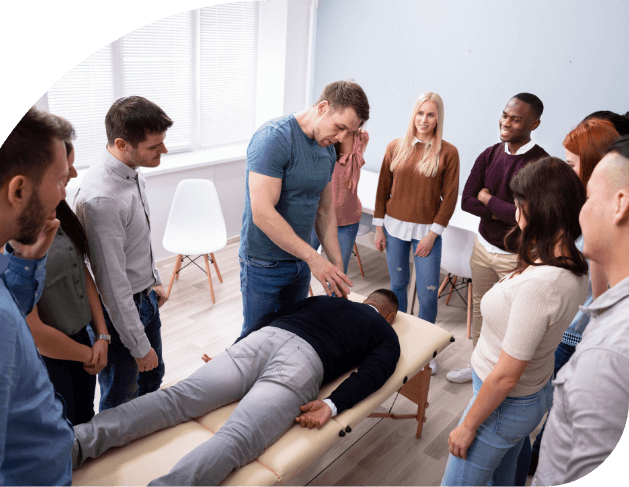
Frequently Asked Questions
- What do we mean when we say dysfunction? Show Answer Dysfunction is when things are not functioning normally.
We can restore normal function by gently manipulating and relaxing the tension of the offended area in the body allowing inflammation to drain away. When we do this, it effectively shuts off the nervous system’s message to protect, allowing the tissue to reset, normalize, and heal.
It is simple and it happens very quickly.
Many patients have had dysfunction in their bodies for years, and others come straight from a triggering event that causes an increase in traumatic stress symptoms. The release of tissue tension happens just as quickly for both. However, when you have had years to accumulate protective reactions in the body, there are often layers of dysfunction that need to be treated. - How does dysfunction happen in the body? Show Answer Our nervous systems have a specific department that deals with protection from harm.
This protective function resides within the type III and type IV sensory nerves that are able to sense when a tissue is in danger and send a message to the fascia surrounding that structure to reflexively spasm thus trapping inflammation. There is also a message sent through the spinal cord to hijack any muscle nearby to splint whatever tissue is in danger. This can happen anywhere in the body, from the nerves in your toes to the circulation in your brain. - How do you know if you're experiencing dysfunction in your body? Show Answer Simply put, you experience dysfunction in your body as pain, stress, stiffness, reduced mobility, weakness, as well as changes in mental/emotional state (e.g. anxiety, insomnia, panic attacks) following a physical, mental, or emotional threat.
After exposure to major stress, critical incidents, and/or traumatic events people often experience anger/irritability, headaches/migraines, brain fog, fatigue, anxiousness, trouble focusing, trouble sleeping, irritability, and difficulty fully relaxing. This can be due to changes in blood flow as well as activation of your vagus nerve which can cause a “freeze” effect, or your sympathetic nervous system (aka your “fight or flight system”), all of which can be helped with Counterstrain.
For example, one patient reported that Counterstrain alleviated decades of brain fog. Once the brain fog was removed, he realized that he had been experiencing migraine-level pressure in his skull and headaches all that time. For years, this had prevented him from being able to concentrate fully on his work. Despite lying down multiple times a day, the symptoms did not abate. This combined with tissue dysfunction around his eye and optic nerve had made working and focusing extremely difficult. Within the first few sessions, he reported full recovery from brain fog, no more migraines or headaches, improved concentration, and the ability to focus his eyes for sustained periods again. - Counterstrain treats the source in the body, not just the surface symptoms. Show Answer Fascial Counterstrain embraces a holistic and osteopathic/naturopathic approach, considering the body as a whole rather than focusing solely on surface symptoms. It optimizes the body's innate healing abilities by improving muscular tension, venous and lymphatic drainage, blood flow, and nervous system function.
Multi-system diagnosis is the key to correcting chronic health conditions.This treatment model allows practitioners to identify and address the root causes of chronic health conditions within the body - not just the surface symptoms - providing profound and long-lasting results. - How does a Counterstrain practitioner assess and determine what needs to be treated? Show Answer Fascial Counterstrain uses a workflow of joint oscillation testing, diagnostic tender point location, and cranial bone motion testing to find where the body is holding its greatest area of resistance.
- How does Counterstrain work? Show Answer It is believed that Counterstrain’s powerful, multi-system effects are due to the deactivation of the body’s deep fascial pain receptors which can lead to trapped inflammation in the inter-cell or interstitial tissue space.
The combination of inflammation drainage and pain receptor “deactivation” gives FCS unparalleled effect and carry over.
During the treatment, there is often a noticeable reduction in swelling in the targeted areas, which helps alleviate the chemical factors involved in chronic soft tissue problems.
Remarkably, many patients report lasting relief after just one to three sessions.
Stay in the loop
Do you want to receive regular updates on upcoming events and news regarding The Bridge Back Project?